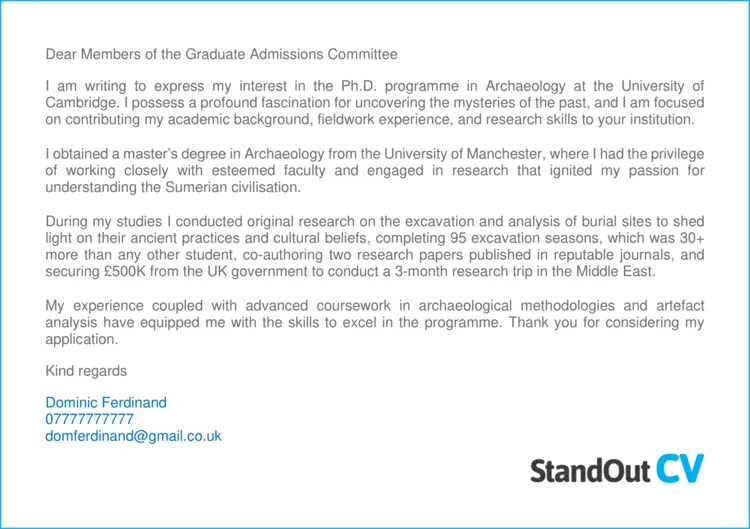Understanding the PhD Cover Letter
The PhD cover letter is a crucial document in your application for a doctoral program. It serves as your first formal introduction to the admissions committee and allows you to showcase your academic background, research experience, and career aspirations. Unlike a resume or CV, which primarily lists your accomplishments, the cover letter provides you with the opportunity to tell your story, explain your motivations, and demonstrate why you are a strong candidate for the program and the specific research opportunities available. A well-crafted cover letter can significantly increase your chances of securing an interview and ultimately, admission to your desired PhD program.
What is a PhD Cover Letter?
A PhD cover letter is a concise and persuasive document that accompanies your application materials. It’s your chance to communicate your interest in a specific PhD program, highlight your relevant skills and experience, and articulate your research interests. It is not merely a summary of your resume; instead, it’s a narrative that connects your past experiences with your future aspirations within the context of the program you’re applying to. The primary goal is to convince the admissions committee that you are a good fit for their program, and that your research interests align with those of the faculty and the resources available.
Key Differences from Other Cover Letters
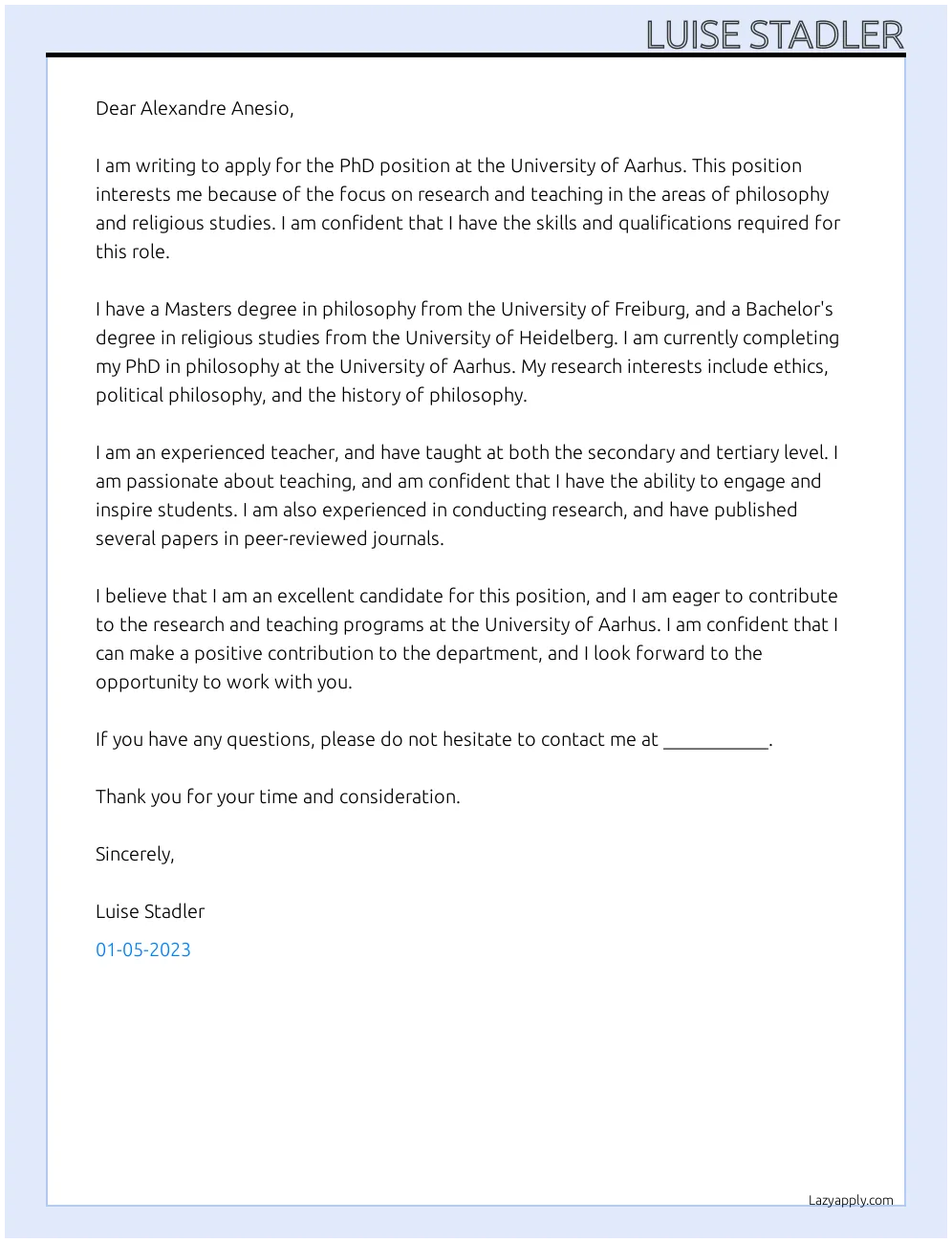
Unlike cover letters for job applications, a PhD cover letter focuses more on your research potential and academic achievements than on your professional experience. While you might briefly mention any relevant work experience, the emphasis should be on your research skills, publications, and academic projects. It should also demonstrate your understanding of the specific program’s research focus, faculty expertise, and what you hope to achieve in your doctoral studies. It needs to show a deep level of engagement with the field and express a clear vision for your research direction. The tone is also more academic, requiring a formal and professional approach.
The Importance of a Strong Cover Letter
A strong PhD cover letter is extremely important for several reasons. First, it allows you to personalize your application and distinguish yourself from other candidates with similar qualifications. It is also your opportunity to address any potential weaknesses in your application, such as gaps in your academic record. Furthermore, a well-written letter demonstrates your writing skills, communication abilities, and attention to detail – all essential for success in a PhD program. It sets the stage for the rest of your application and significantly influences the admissions committee’s first impression, which can be a deciding factor in whether or not you are considered for an interview.
Essential Components of a Winning PhD Cover Letter
Contact Information and Date
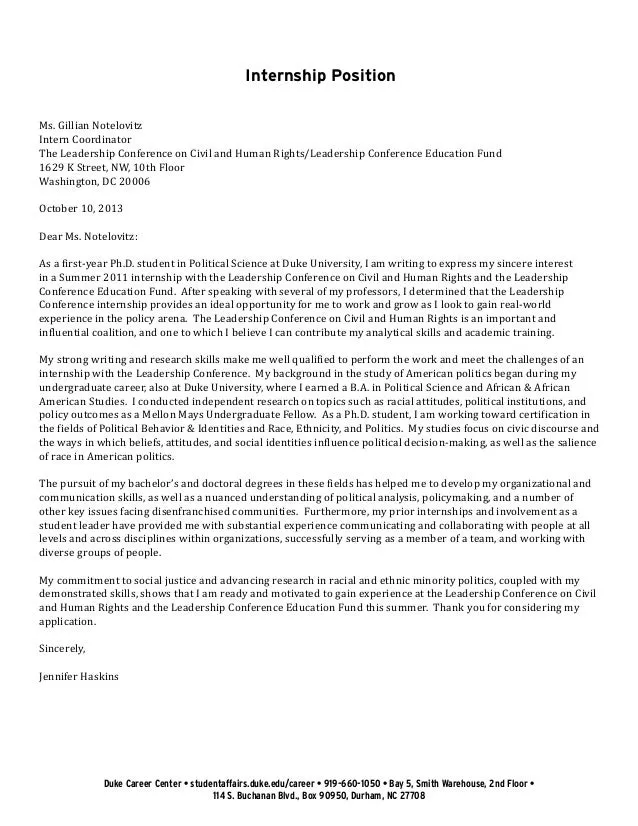
Start your letter with your contact information including your full name, address, phone number, and professional email address. The date should be the current date. This information should be placed in the top left or right corner of the page to allow for easy access to contact information. This ensures that the recipient knows how to reach you and when the letter was written. Correctly formatting the date is also important to show attention to detail.
Formal Salutation
Use a formal salutation, such as “Dear Dr. [Professor’s Last Name]” if you know the name of the professor you’re writing to. If the specific name is unavailable, use “Dear Admissions Committee” or “Dear [Department Name] Admissions Committee.” Avoid informal greetings like “To Whom It May Concern.” It’s best to research the department and identify the professor whose research aligns with your interests, and then directly address your letter to that professor. This shows initiative and genuine interest.
Introduction Highlighting Your Interest
In the introduction, clearly state the purpose of your letter – to apply for a PhD position in a specific program. Briefly mention where you learned about the opportunity. Immediately express your genuine interest in the program, department, and potentially, a specific research area or professor. This section should be concise and engaging, capturing the reader’s attention from the beginning. Show enthusiasm and clearly state your specific interest to make a positive impression and encourage the reader to continue reviewing your application, which shows you are genuinely interested in this position.
Showcasing Your Research Experience and Skills
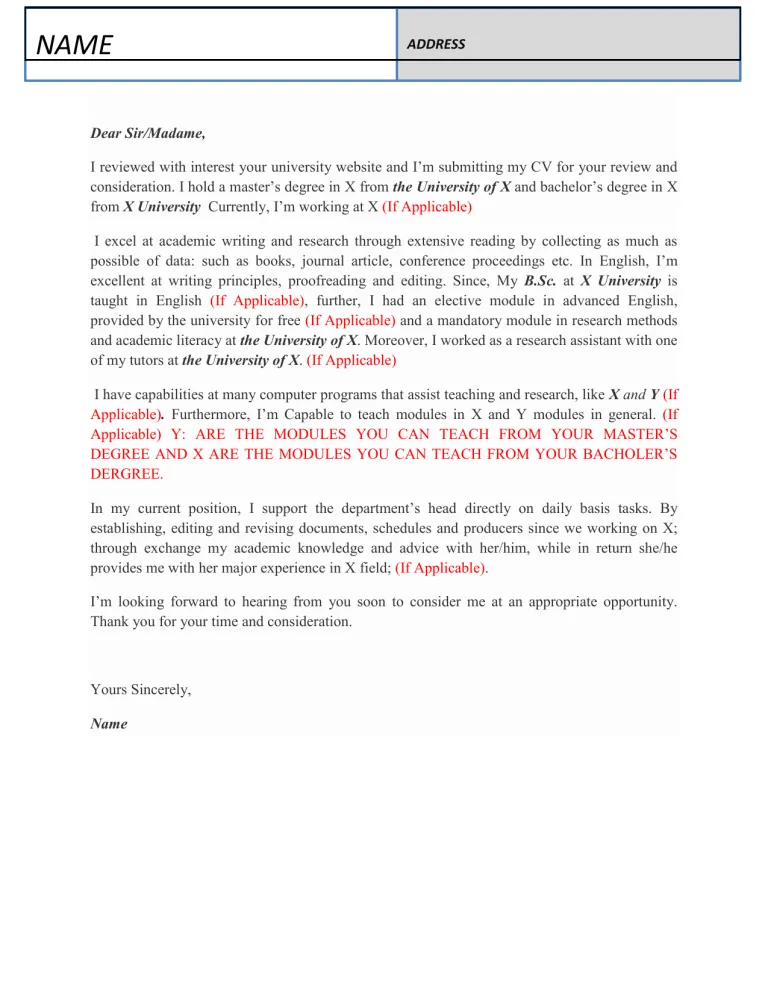
Highlighting Relevant Projects and Publications
This section is the core of your cover letter. Discuss your research experience, highlighting relevant projects, skills, and publications. Provide concise descriptions of your research projects, emphasizing your role, the methodologies used, and the key findings. If you have publications, list them, and briefly explain their significance. If you have presented at conferences or have any other relevant academic achievements, be sure to mention them. Focus on achievements that directly relate to the research area and demonstrate your abilities.
Quantifying Your Achievements
Whenever possible, quantify your achievements. Use numbers and data to demonstrate the impact of your work. For instance, mention the number of participants in your research study, the impact factor of the journals where your publications appeared, or any awards or grants you have received. Quantifiable achievements make your claims more credible and provide tangible evidence of your abilities. Focus on metrics that highlight your abilities and contributions to past research projects and the positive impact your skills can bring to their department.
Tailoring Your Letter to the Specific Program
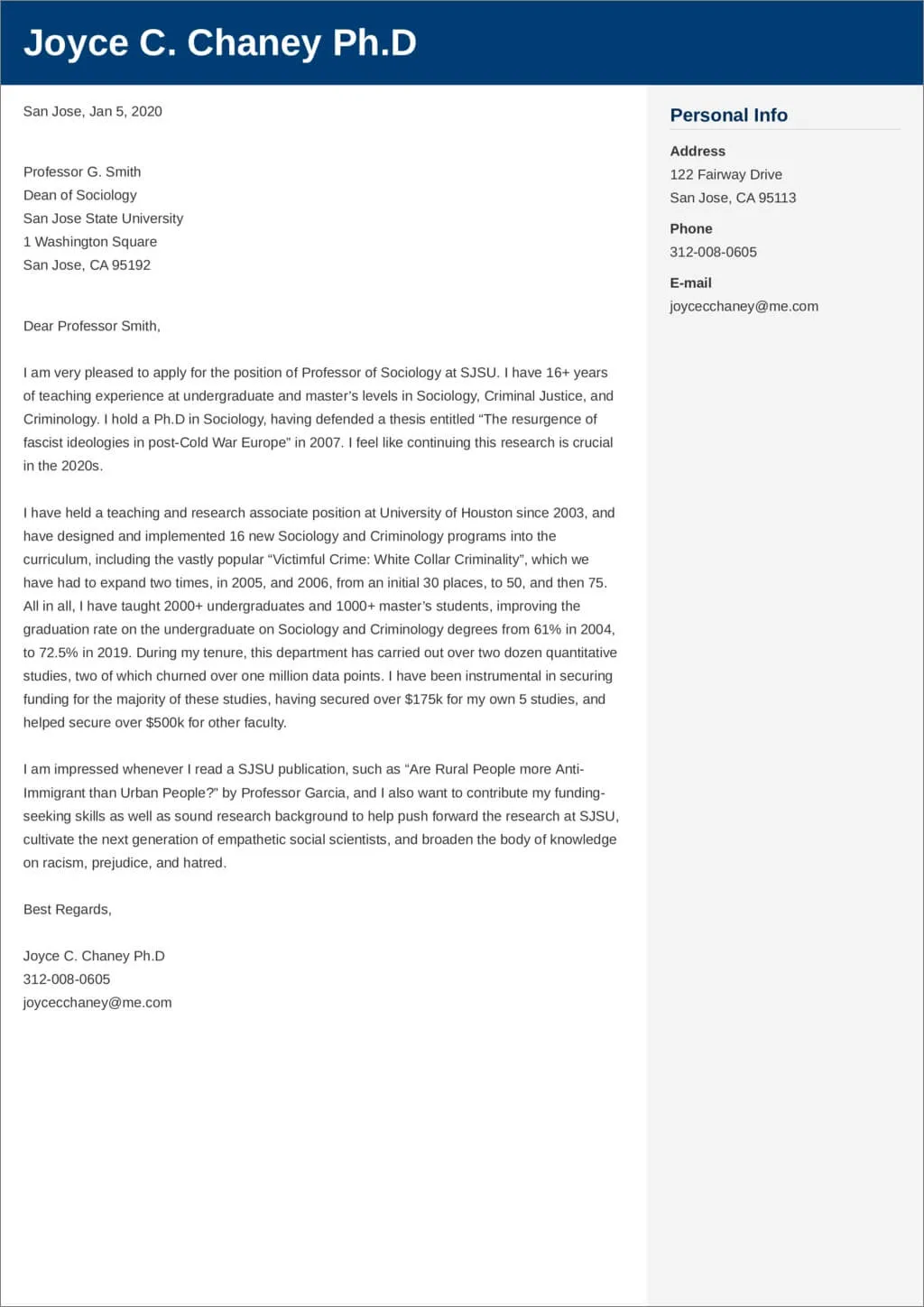
Researching the University and Professor
Before writing your cover letter, thoroughly research the university and the specific program you are applying to. Understand the program’s research focus, faculty members, and available resources. Show that you have done your homework by mentioning specific courses, research projects, or faculty members whose work aligns with your interests. Mentioning faculty by name is good, but don’t overdo it. Tailoring the letter to the program’s needs shows you’re a good fit and will allow you to highlight the mutual benefits.
Demonstrating Fit with the Research Group
Explain how your research interests align with those of the faculty members or research groups within the program. Describe the specific research areas you are interested in and how your skills and experience make you a good fit for their work. Highlight how your research interests align with the program’s strengths, and explain how you envision contributing to the program’s research goals. Showing that you understand the program’s research direction and how your skills contribute helps demonstrate you’re a strong fit for the group. Highlight how the work will impact your own career goals.
Expressing Your Career Goals

Clearly state your career aspirations and explain how pursuing a PhD in this program will help you achieve those goals. Briefly describe your long-term objectives, whether they involve research, teaching, or other career paths. Connect your research interests to your future career plans. Demonstrating clear career goals adds another layer to your overall application, as the committee will view you as someone with a plan. Discuss what you want to do with your PhD and how the program will help you get there. The more you know about your career interests, the better the admissions committee can assess your application.
Concluding Your Letter and Call to Action
Concluding Your Letter and Call to Action
In the conclusion, restate your interest in the program and summarize your key qualifications. Express your enthusiasm for the opportunity and thank the reader for their time and consideration. Include a call to action. Clearly state your desire for an interview or further discussion and how they can contact you. Ending with a call to action encourages the reader to move forward with your application and gives them a clear path to follow.
Formal Closing and Signature
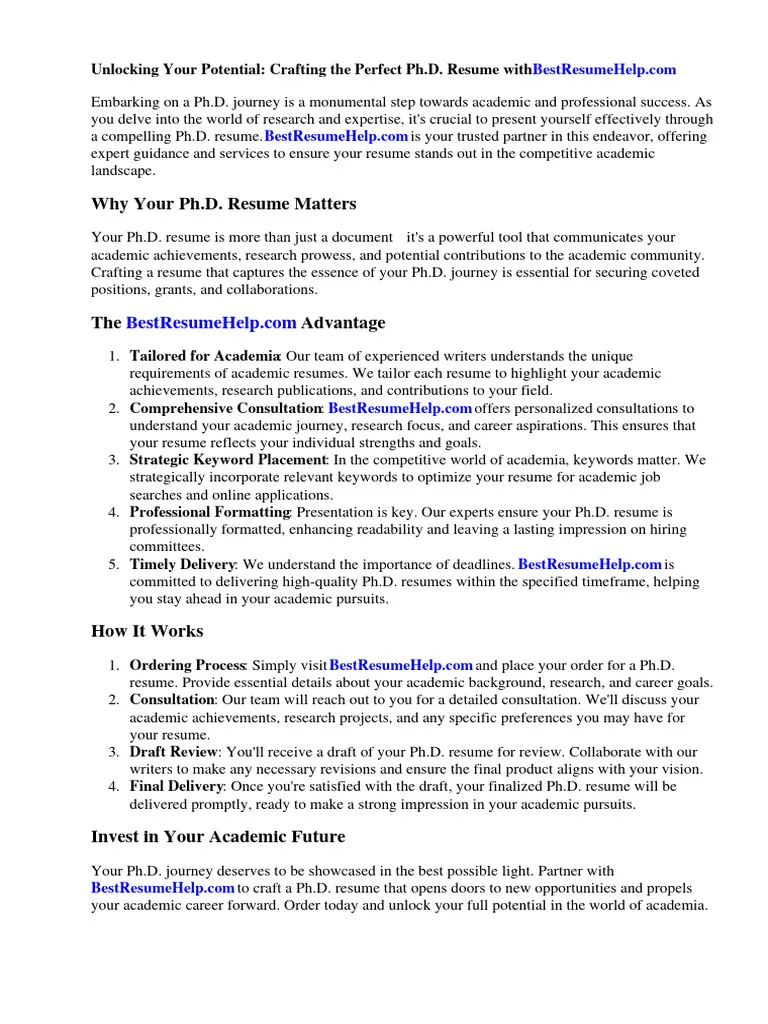
Use a formal closing, such as “Sincerely,” or “Yours faithfully.” Leave space for your signature if you are submitting a hard copy. If you are submitting electronically, type your full name below the closing. Ensure your signature is legible, and use a professional font. This completes the letter with the appropriate formalities.
Proofreading and Editing Your Cover Letter
Checking for Grammatical Errors and Typos
Thoroughly proofread your cover letter for grammatical errors, spelling mistakes, and typos. These errors can create a negative impression and distract from your qualifications. It is important to use tools like grammar checkers and proofreading software, but also to have a second pair of eyes review your letter. Ask a friend, mentor, or professor to proofread your cover letter. Multiple revisions are important to ensure all errors are caught and corrected. The quality of your writing reflects your attention to detail and commitment to excellence.
Ensuring Clarity and Conciseness
Ensure that your cover letter is clear, concise, and easy to read. Use simple language and avoid jargon unless it is appropriate for the specific field. Keep your sentences and paragraphs short, and use active voice. Aim for a letter that is no more than one or two pages long. Eliminate unnecessary words and phrases and focus on conveying your message in a direct and impactful manner. Clarity and conciseness are key elements to make the reader have a good impression of your writing.
Formatting and Presentation
Pay attention to the formatting and presentation of your cover letter. Use a professional font, such as Times New Roman, Arial, or Calibri, with a font size of 11 or 12 points. Use standard margins (1 inch on all sides) and single-space the text. Make sure your cover letter is well-organized, with clear headings and subheadings. Use a consistent style throughout the document. A well-formatted letter is easier to read and demonstrates your professionalism and attention to detail.
A strong PhD cover letter is a critical component of your application package. By following these secrets, you can create a compelling cover letter that highlights your research experience, showcases your skills, and expresses your passion for the field. Remember to tailor your letter to each specific program, proofread carefully, and present it in a professional manner. This is a great start to getting hired for the position.
